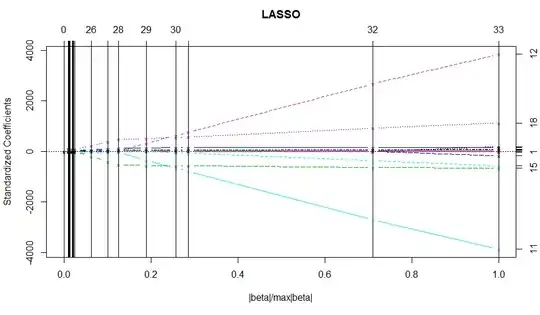As soon as a serial of 30 values or more appears, the Central Limit Theorem can be used.
This is flat out untrue. You may have read something vaguely like this in a book but it's (demonstrably) not the case.
Here's an example where we look at the distribution of sample means, where the observations are drawn from a distribution to which the central limit theorem applies:

Here the sample size is 100. Pick any sample size you like, it's easy to find cases where the distribution of sample means looks even worse.
If you start with a very skewed distribution, sample means will also be somewhat skewed, and it may take extremely large samples to make that skewness small enough to not matter quite a lot.
The CLT being used, the distribution is given as Gaussian.
The distribution of the variable you have values on does not become Gaussian if you get larger samples from it. It's whatever it was when you started.
The central limit theorem relates to the distribution of standardized sample means (or sums), in the limit as $n$ goes to infinity, as long as certain conditions hold.
Even when those conditions do hold, there's no finite sample size at which you can say that the distribution of standardized sample means will be Gaussian (though it may well be approximately Gaussian at large sample sizes).
You can read statements of several of the central limit theorems on Wikipedia.
Has the fact that two variables are each a Gaussian distribution something to do with your hability to find a linear regression line, if you do a bivariate analysis with these two variables?
I don't follow the question, sorry.
However, merely having two Gaussian variables do not imply a linear regression relationship exists between them. A regression relationship would exist (specifically, that the conditional mean of either one of the variables has a linear relationship with the other variable -- i.e. $E(Y|X=x) = \alpha+\beta x$) if they were jointly Gaussian -- though possibly with slope $0$ -- not simply if they were individually Gaussian. (Again, that it doesn't hold if you don't have joint normality can readily be demonstrated - there are a number of examples already on site.)
